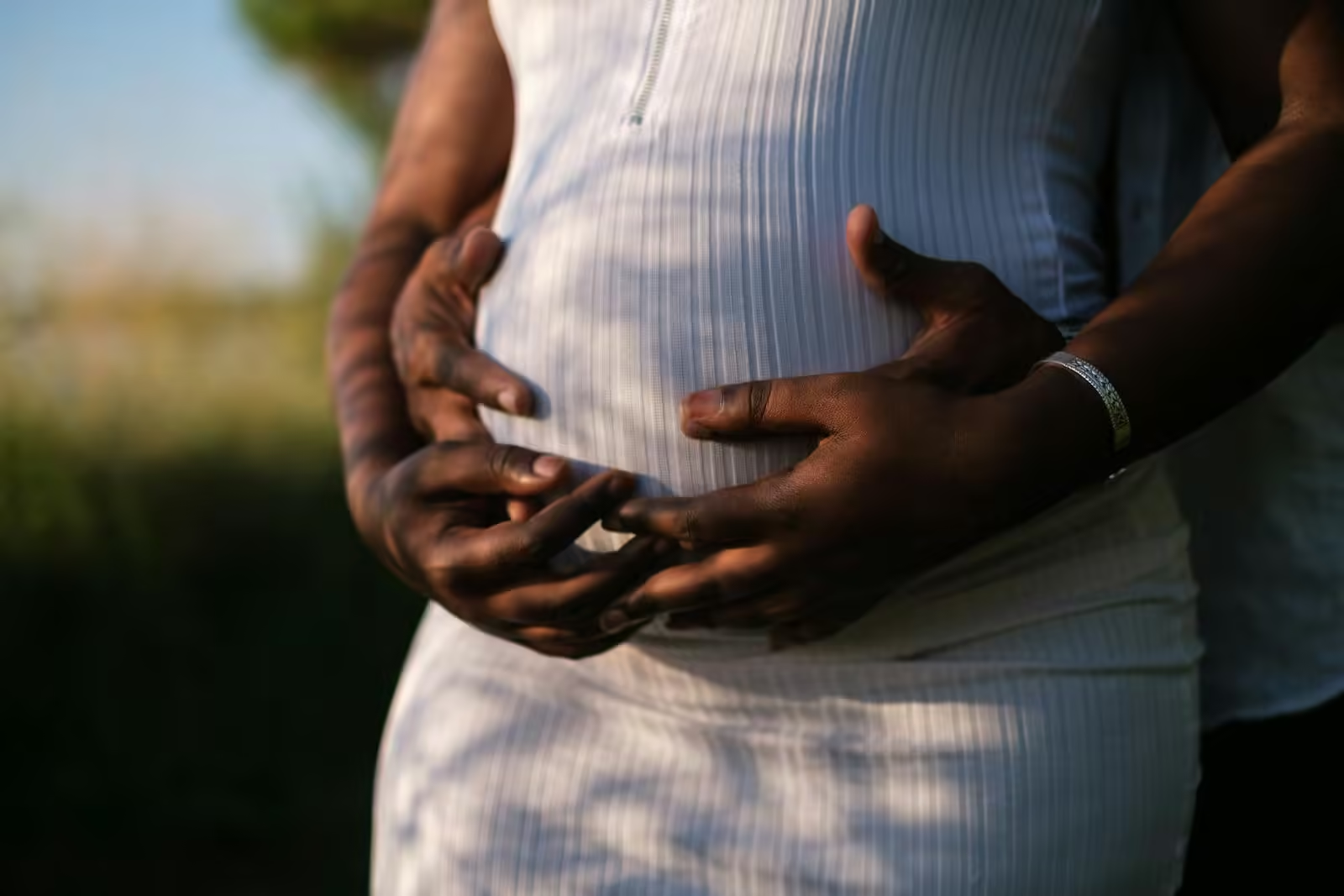The Shifting Sands of Time: Pregnancy After 35
This article delves into the evolving landscape of pregnancy, specifically focusing on the experiences and outcomes of women who embark on motherhood after the age of 35. Based on a comprehensive review of a research document titled “Clinical aspects of pregnancy after the age of 35 years: a review of the literature” by C. van Katwijk and L.L.H. Peeters, this article aims to illuminate the medical considerations, dispel myths, and highlight the realities of this increasingly common phenomenon.
For decades, the age of 35 has held a certain mystique in the realm of obstetrics, often painted as a formidable threshold fraught with increased risks. While it’s true that biological realities exist, advancements in healthcare and a deeper understanding of age-related factors have nuanced our perspective on pregnancy later in life.
The research paints a fascinating picture. Did you know that in the late 1980s, the maternal mortality rate (MMR) in the United States for women over 40 was a startling six times higher than the general population? This stark statistic, however, necessitates a closer look. It’s crucial to recognize that attributing this solely to age would be a gross oversimplification.
The research reveals that socio-economic factors, racial disparities in healthcare access, and the prevalence of pre-existing conditions like hypertension and diabetes, which become more common with age, play a significant role.
Think of it as a complex equation – age is but one variable. Just like any other stage of life, pregnancy after 35 requires careful consideration of individual health, proactive medical management, and a dash of that remarkable resilience women are known for.
Maternal Mortality: Deconstructing the Numbers
The specter of maternal mortality casts a long shadow, particularly for women over 35. However, the research reveals a steady decline in MMR since the 1940s. This positive trend, attributed to improved healthcare and greater awareness, underscores that while age is a factor, it’s not the sole determinant.
The leading causes of pregnancy-related maternal deaths, according to the research, are hypertensive disorders, embolism, ectopic pregnancies, and infections. These conditions, while serious, are often manageable with early detection and proper care.
The research highlights a critical point: the woman most vulnerable to pregnancy-related complications is often not just over 35, but also facing socio-economic disadvantages, underscoring the urgent need for equitable healthcare access.
Age-Related Disease States: Navigating the Terrain
As we age, our bodies undergo a series of transformations, and the cardiovascular system is no exception. The research underscores the almost linear relationship between age and the prevalence of cardiovascular disorders.
Hypertension, a silent threat, becomes increasingly common as women age. Imagine the circulatory system as a network of highways – with time, these highways may lose some of their elasticity, making it harder for blood to flow freely. This is what happens in hypertension, and pregnancy, a state of increased blood volume and cardiac output, can exacerbate this.
Diabetes, another common age-related condition, adds another layer of complexity. The research focuses on Type II diabetes, often associated with insulin resistance, which becomes more prevalent with age. During pregnancy, hormonal shifts naturally increase insulin resistance.
For women with undiagnosed or poorly managed diabetes, this can lead to gestational diabetes, potentially increasing the risk of complications like pre-eclampsia and fetal growth restriction.
The research emphasizes the importance of pre-conception counseling and early screening for both hypertension and diabetes in women over 35. Early detection and proactive management are key to mitigating risks and ensuring a healthy pregnancy.
The Labor Landscape: Expectations vs. Reality
Childbirth is often depicted as a straightforward, natural process. However, the research sheds light on the nuances of labor for women over 35. While there’s no conclusive evidence linking maternal age to prematurity or postmaturity, the research does indicate a higher rate of Cesarean births in this demographic.
The reasons are multifaceted. Age-related conditions like hypertension, diabetes, and uterine fibroids can necessitate a Cesarean delivery. Additionally, the research points to potential age-related changes in the uterus and birth canal that might contribute to longer labor and an increased likelihood of intervention.
The research also raises an intriguing question: Could physician perception and the perceived “preciousness” of a later-in-life pregnancy influence the higher Cesarean rate? This highlights the importance of open communication, shared decision-making, and a woman’s right to advocate for her birthing preferences.
Perinatal Mortality: Separating Fact from Fiction
Perinatal mortality, a heartbreaking outcome, is understandably a concern for expectant parents. The research reveals a decline in perinatal mortality rates (PMR) over the years, even among women over 35. This positive trend can be attributed to advances in neonatal care and a greater understanding of risk factors.
While some studies suggest a slightly higher PMR in women over 40, the research emphasizes that this is often linked to pre-existing conditions like hypertension and diabetes, not age alone.
In essence, a healthy woman over 35, free from significant health issues, is unlikely to face a substantially higher risk of perinatal mortality than her younger counterpart.
Pregnancy in the Postmenopausal Years: A New Frontier
The ability to conceive and carry a pregnancy to term has traditionally been intertwined with a woman’s biological clock. However, the advent of Assisted Reproductive Technologies (ART), particularly oocyte donation, has challenged this notion, ushering in a new era where postmenopausal pregnancies are no longer a medical impossibility.
The research cautiously acknowledges this groundbreaking development while highlighting the limited data available on its long-term implications. Imagine the human body as a meticulously crafted timepiece. While oocyte donation might wind back the reproductive clock, other components, particularly the cardiovascular system, continue to age.
The research stresses the need for rigorous pre-pregnancy screening in postmenopausal women considering oocyte donation. Evaluating cardiovascular health, glucose tolerance, and other age-related factors is paramount in assessing the potential risks and ensuring the well-being of both mother and child.
Navigating the Future: A Call for Empowerment
The research provides valuable insights into the complexities of pregnancy after 35. It reminds us that while age-related changes are undeniable, they are not insurmountable obstacles. Knowledge is power.
By understanding the potential risks, engaging in proactive health management, and fostering open communication with healthcare providers, women can approach pregnancy after 35 with confidence and embrace the transformative journey of motherhood on their own terms.
The research underscores a critical message: Every woman’s journey is unique. Age, while a factor, should not overshadow individual health, circumstances, and aspirations. As we move forward, continued research, equitable healthcare access, and a patient-centered approach will be crucial in supporting women who choose to embrace motherhood later in life.

